The quality of product data can make or break an eCommerce site. It’s a simple statement that holds a world of power. Here’s how you can make the most of it.
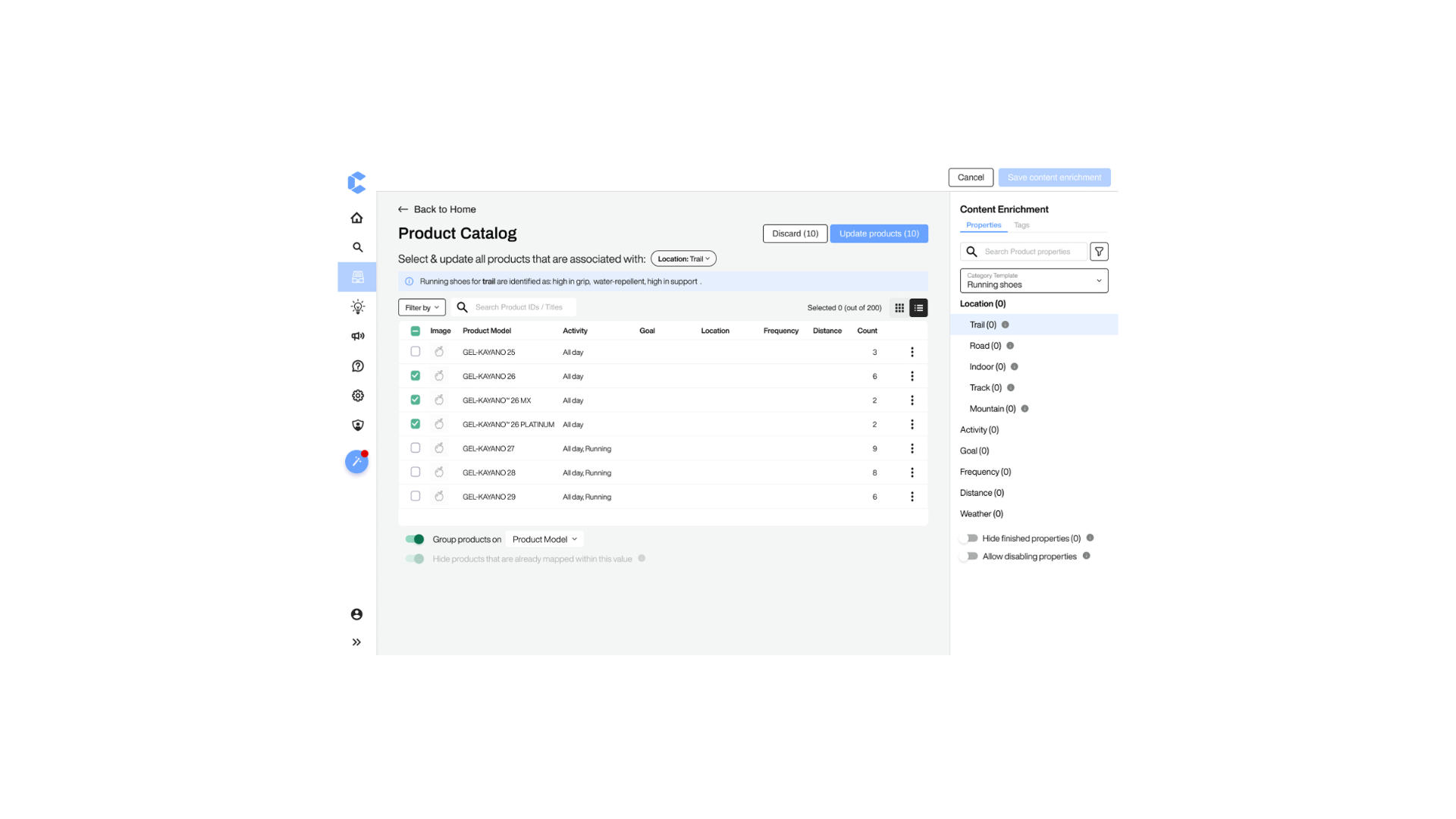
The quality of product data can make or break an eCommerce site. It’s a simple statement that holds a world of power. Here’s how you can make the most of it.
Every year, poor-quality eCommerce product data costs retailers millions. This revenue loss stems from wasted time and resources that negatively affect how customers engage with a brand.
A Nielsen Norman Group study recently found that roughly 20% of failed purchases derive from unclear or missing product information. Now more than ever, shopper loyalty is dependent on an ever-evolving confidence in your brand. To foster this, you need to ensure your product data is structured, humanized, and enriched.
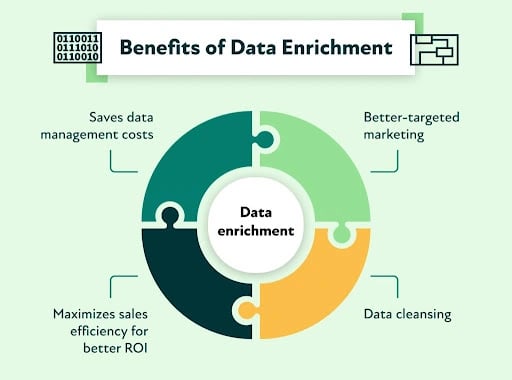
The benefits of data enrichment, mapped | Source
Any process that involves enrichment implies improvement! And when it comes to eCommerce, that's precisely what’s needed to take things up a notch. Data enrichment is all about making the shopping experience an absolute delight for your customers. By adding extra layers of information, you can boost attribution and make sure your customers get exactly what they need at the right moment.
Enriched product content is like the all-star team of product info – think a combination of text, specs, images, and any other crucial data all gathered together! The trick here is to turn products with inefficient data into rock stars of searchability, armed with ultra-rich attributes.
Enriching product data essentially takes the data in your product catalog and completes the data by filling in missing values, adding properties and benefits, and making it more consistent by improving spelling mistakes.

The technical specifications of a backpack transformed into humanized language
As it is, a lot of the data in product catalogs isn't particularly unique. It's typically inconsistent and incomplete. These days, there's a big gap between product development and merchandisers, and this information leak causes issues with knowledge transfer.
So, if you're aiming for top-notch, enriched product data, you've got to dig deeper to uncover truly transformative insights and devote time to carefully filter the available information. It's all about turning the ordinary into something extraordinary.
Enrichment as a process would typically entail several different steps, including:
As experts in consumer psychology, we build category-specific, humanized taxonomies based on this enrichment process that transforms your product range into a highly-searchable catalog with rich attribute data. You can leverage these humanized taxonomies to enhance your data with layers of extra information to improve the shopping experience.
Here are the top five reasons why you need to consider enriching your product data:

Standard product attributes turned into language that resonates | Source
Due to knowledge gaps and limited product data in businesses today, catalogs struggle to be nourished with the language that customers actually use. Your enriched taxonomy should take into account how real people search and shop for products.
To take the idea of communicating product data in the ways a person would appreciate, remember this: everyone loves a story. Aim to translate your big data points into a narrative – even at the smallest level. Communicating in a specific, interesting, and informative way to illustrate product benefits will immediately lead to better engagement. Product data should include how your customers refer to their products in terms of their needs.
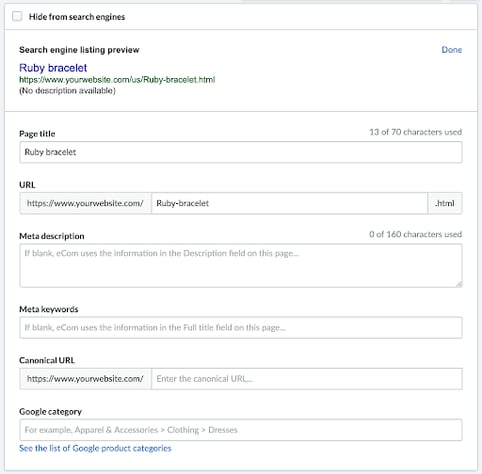
SEO fields that make up a product description | Source
SEO-optimized product copy will help your site generate higher search engine rankings. That is, rich product descriptions with relevant keywords and required tags make it easier for search engines to sort and rank your products higher. This results in capturing more goal-oriented shoppers from search engines. This is a huge win as these shoppers are the most likely to convert.

Enriched product data (and descriptions) will result in less returns | Source
Enriched and accurate product content reduces the potential for returns, as customers are aware of the features of each item and can make more informed purchases.
Without product data enrichment, there is a high risk of publishing content that contains inaccuracies, inconsistencies, and errors. Why so? When your product catalog is small with just a handful of products, it may be possible to proofread, fact-check, and cleanse data manually or using rudimentary tools. With large product catalogs and multichannel feed management, manual quality control is mistake-prone and unrealistic.
The right product data will lead to better descriptions, filtering, and search results. This immediately leads people to find the products they actually need, making for much more informed purchases and ensuring fewer returns.

Complete and holistic product information provide context to consumer benefits | Source
If buyers abandon a shopping cart, return a product, or lose trust because of insufficient product information, what does that say? Oftentimes, it means that retailers need to hone in on optimizing product descriptions to match customer search intent.
A lengthy list of the item’s physical features and factual details won’t pique the interest of your potential purchasers unless they’re actively comparing product specs.
By providing context to the product and its benefits, you can show that you know your customers and can identify with their needs. This creates a level of trust and security.
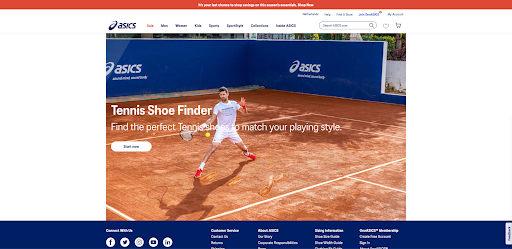
Guided selling ASICS Tennis Shoe Finder (Crobox) | Source
Naturally, with comprehensive product content available right on the relevant product page, shoppers are further inclined to stay on the page, scroll through relevant reviews, imagery, related content, and even make a purchase of their very own.
Product Finders take this one step further by asking questions to your shoppers to recommend the perfect product based on their answers. This style of faceted navigation is based purely on customer needs, takes shopping goals into consideration when recommending a product, and directs attention to the product benefits most important to a shopper. At Crobox, our eCommerce product finders are customized per industry. We build them on the foundations of behavioral psychology and shoppers’ needs and continuously optimize them with data.
The purchasing journey is still an experience that is more practical than pleasurable for most shoppers.
The key to standing out as an online retailer is to make your product discovery experience clearer, more attractive, and more personal. It's your job to talk to your customers using the language they understand. By enriching your data with product benefits, you'll build an experience that is as rich as it is informative.
If you want to get competitive, your product data must surpass the benchmarks for what is considered robust and descriptive for your industry. Here’s how to do it.

Enriched technical product attributes delivers messaging that resonates | Source

The Ikea Hob Finder (Crobox) | Source
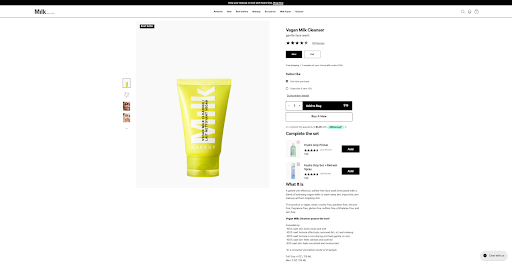
Simplified technical information can ensure the sale | Source

Good product data makes for more robust product descriptions | Source
Data is the lifeblood of any eCommerce business looking to make its mark today. It has become the foundation with which every sound marketing, sales, and customer service strategy is made.
As such, it’s become intrinsically linked to growth and profitability – empowering leaders to guide their businesses with decisions based on facts and trends rather than speculations. Here are the most important factors to consider:
Learn more about the value of data enrichment, or book a demo to see what we can do for you!